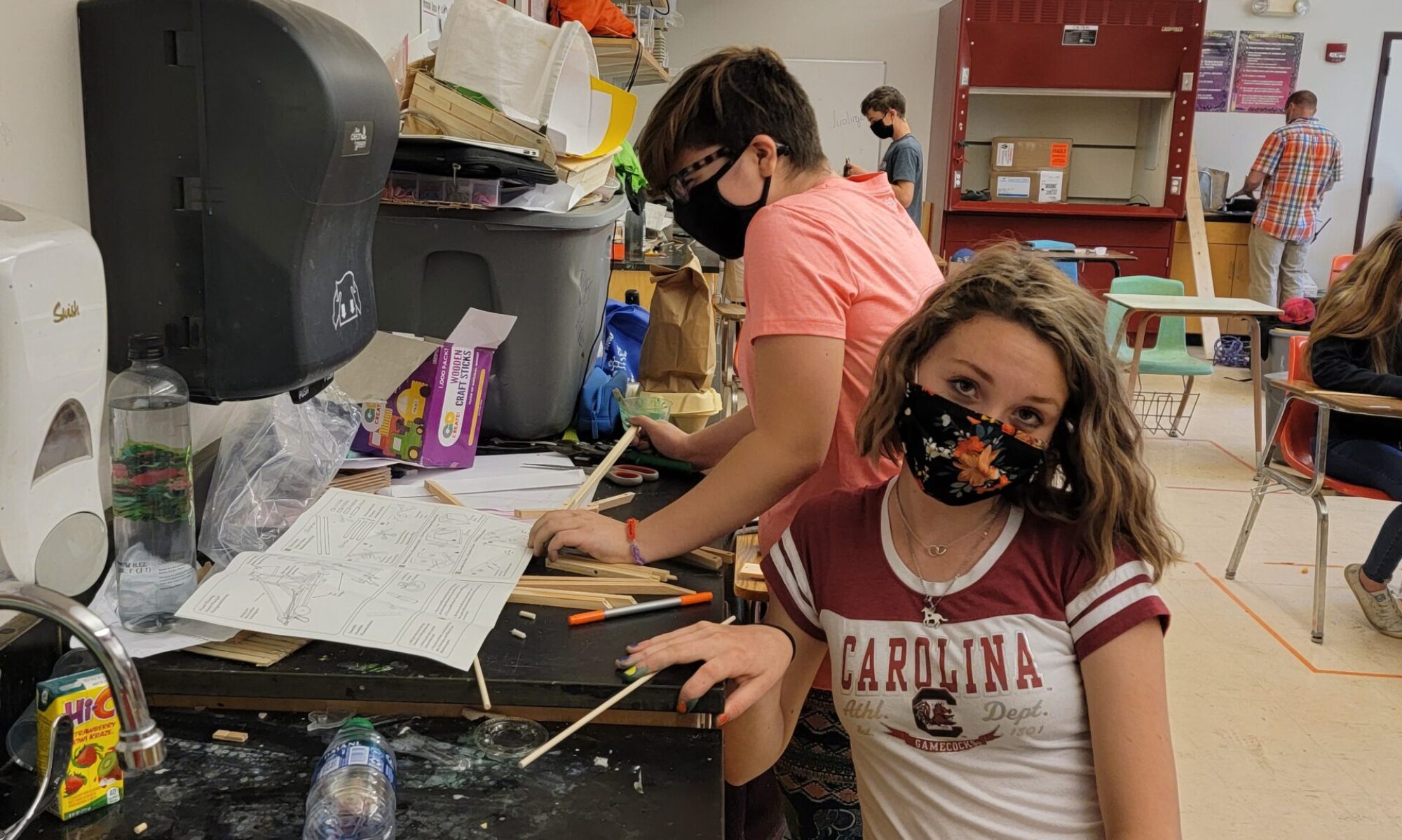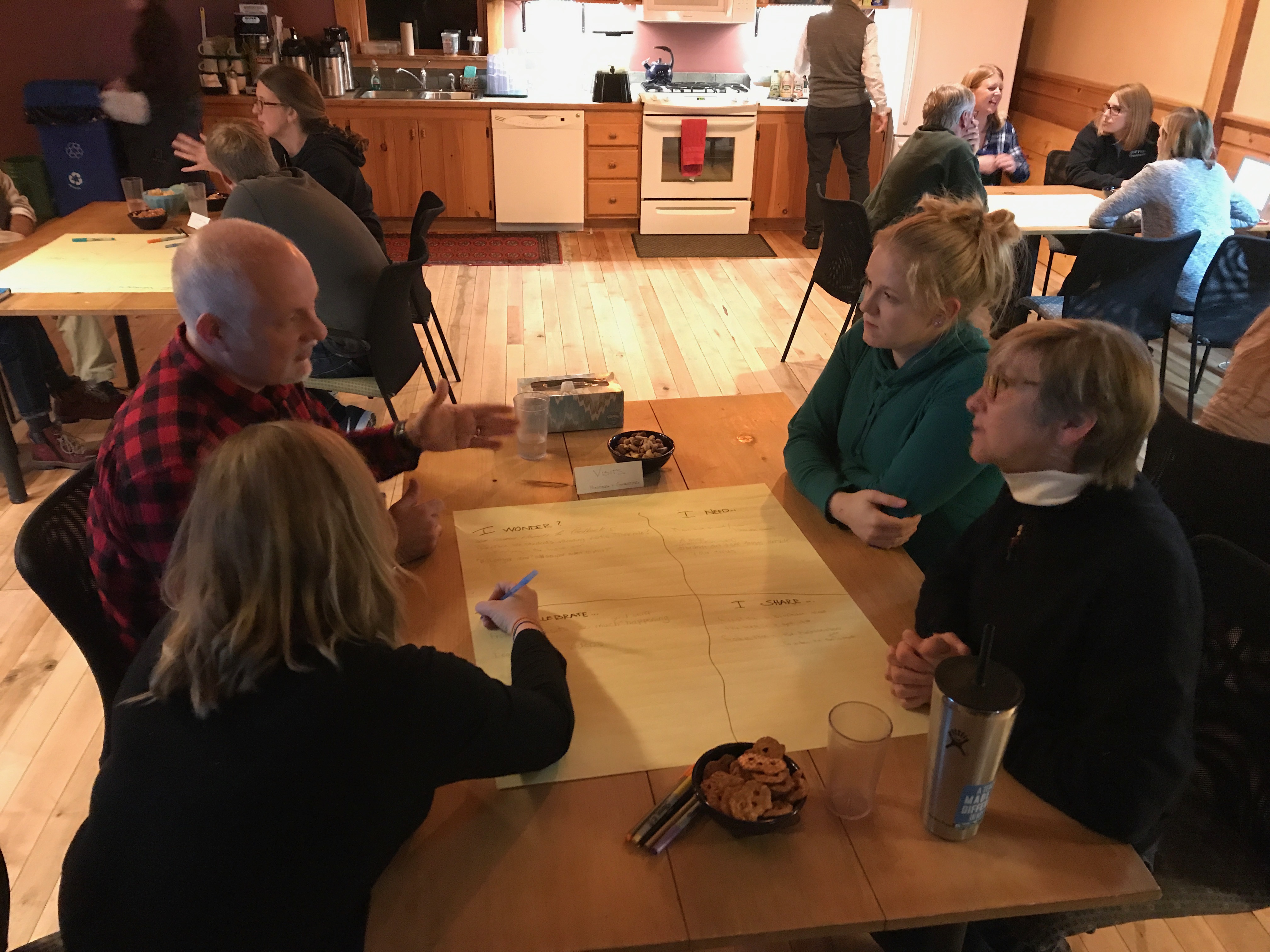Inquiry Question: How might personalization through self-reflection, self-assessment, and flexible grouping and scheduling across grades 3 and 4 at Proctor Elementary School positively impact student engagement and achievement?
After our overnight retreat with my Learning Lab colleagues and some discussion about the fear of sharing our work when it doesn’t produce the results we hoped for, I did a lot of reflecting. I started thinking about my own practice with my students and how I spend the first six weeks the whole year preaching to them about growth mindset. I started wondering, how many of us talk to our students, or dare I suggest lecture them, on the importance of those moments of mistake or failure? How many of use make sure our students know that without those mistakes, learning would never happen? How many of us ask our students to share with the class the mistakes they have made because those mistakes are so incredibly awesome that the entire class benefits from them?
If you are anything like me, you are excitedly waving your hand in the air, perhaps bouncing out of your seat because you do all of that and perhaps more. Why do we do this? Because our students’ mistakes are often the most important part of their learning. Mistakes in my classroom are what run our lessons and drive conversations and collaboration. Now, how many of us, as educators, put our mistakes out there for other educators to learn from? If you are anything like me, you have quickly put your hand down and are avoiding any and all eye contact with other people.
I think the consensus around the school building is that I have it all figured out. From the outside looking in, my classroom looks great. I am constantly researching and finding new ideas and my students are always willing to jump in and try it out. I get to go to some great conferences that focus on all those buzzwords in education right now. I am presenting at district in-services and conferences around the state with my amazing 4th grade partner. Like I said, it looks great.
The reality is much different, though not a bad different. It takes an incredible amount of work for it to look like my students and I have it all figured out. The truth is, I have failed so many times in what I have done before I have found one thing that works. And sometimes, it never works. So why do my colleagues have this false picture of what goes on in my room? I think the answer is because I, like all of us, want to put my best work out there for the world to see. I want people to see my successes, my breakthroughs, my ‘aha’ moments.
I don’t fully put myself out there, but I think that needs to change. The world needs to see the messy, the oops moments, the moment I have my head in my hands wondering where it all went wrong because it happens. Boy, does it happen.
Belly FlopsEpic Fails
We call them epic fails in 3rd and 4th grade. Why? Because our failures are what drive our learning. Learning can’t happen without them. And of course, any time you decide something is epic, it is just that much more awesome and important. I want my students to know that their failures are something to be proud of because they will learn from them.
I changed the setup to my Ss self assessment and self reflection rubric in math thinking it would be easier for them and make more sense. It just confused them and I had to tell them where to place themselves on the rubric #bellyflopfriday
— Corey Smith (@VTCoreySmith) January 25, 2019
My journey of student-centered learning and personalization started last year before I joined Learning Lab. Throughout this journey, I have epically failed so many times, I can’t count. It would not be uncommon for you to walk into my classroom and find my class sitting in a circle problem solving where we went wrong. I will tell you though, that 3rd graders are incredible problem solvers and our epic fails usually lead to some sort of amazing breakthrough.
My goal this year has been to create a system that allows my students to self assess, self reflect, and then drive their instruction through Choice Menus based on their assessment and reflection. The problem is that 3rd graders don’t know how to reflect. No problem. I created incredibly clear and specific rubrics for them to use while reflecting on their assessments. Most of the students are able to successfully use the rubrics, but when it comes time to choose their level of learning for their Choice Menu, they have no idea if they are a Seeker (beginning), Explorer (approaching), Trailblazer (meeting), or Guide (exceeding).
There seems to be this disconnect between assessments, reflection, and driving their learning. I have wondered if I am expecting too much of them. They are 3rd graders after all and I am expecting them to do what middle school teachers expect?
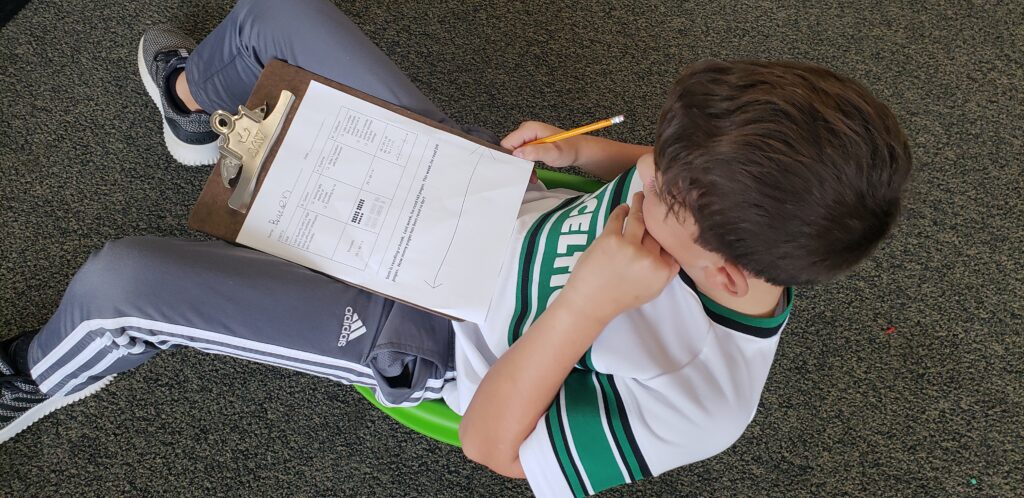
Bright Spots
I decided that I was not expecting too much of my students. They are 3rd graders after all and they are capable of so many incredible things.
The first half of the year was spent trying to figure out where I went wrong with the assessments, the reflections, and the Choice Boards. And okay, it turns out I was expecting too much of them because I expected them to fill out their self reflection and REMEMBER from day to day what level they were performing at. Honestly, I am not sure I could remember if I was in their shoes.
I needed to find a way to help them connect their assessments and reflections to the actual work that they needed to do to progress through their learning. It turns out that the solution was simple. I created badges for my students, tangible badges that they could proudly display and remind them of where they are working.
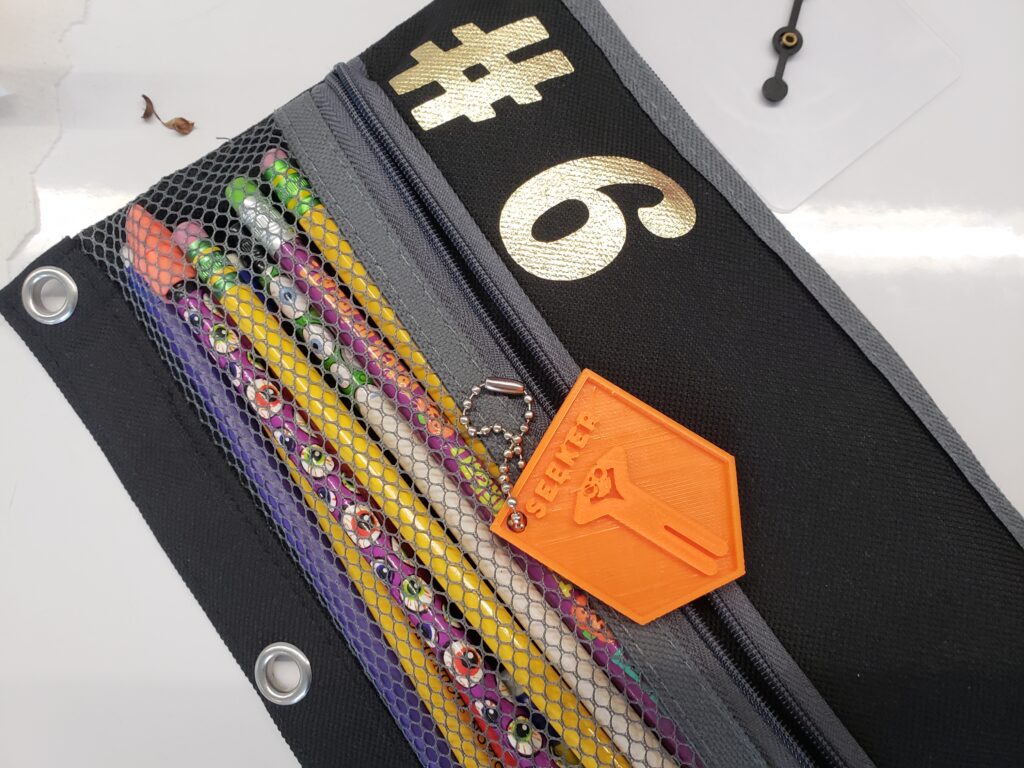
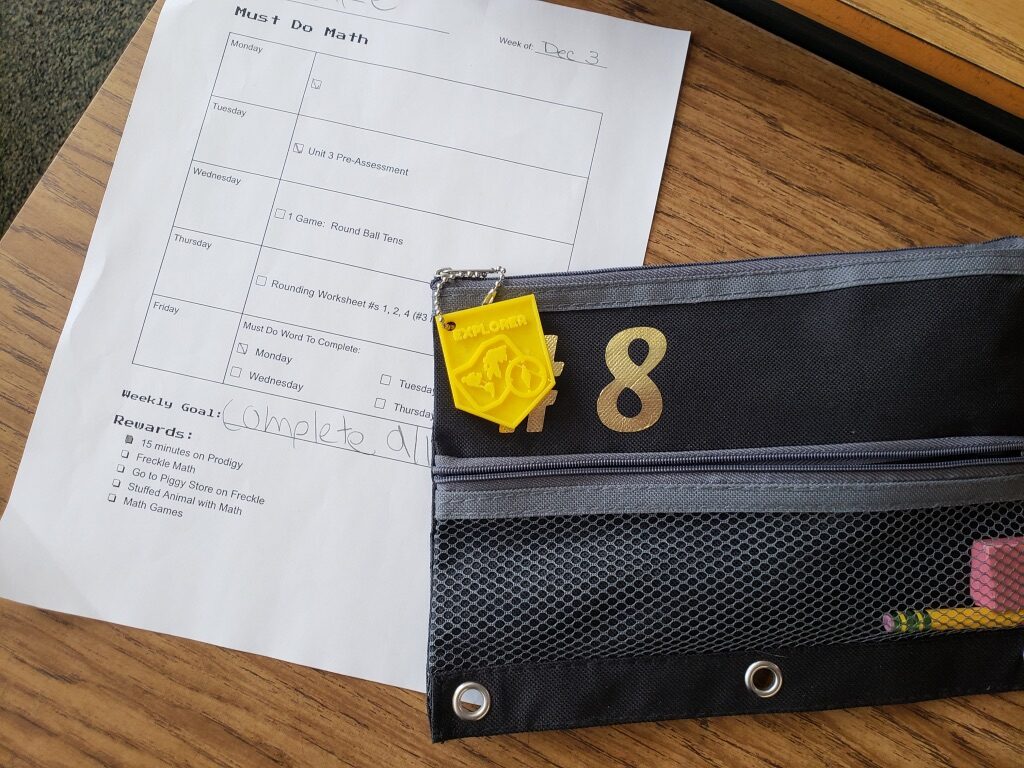
This has probably been the most positive and engaging thing I have introduced to my students this year. They are excited about the badges. When working on rounding skills, students were on task during independent time because they wanted to trade their Seeker badge in for an Explorer badge. Students were starting to request assessments more frequently and their self reflections were an accurate representation of where they were working. One small success but it feels momentous.
Epic Fails
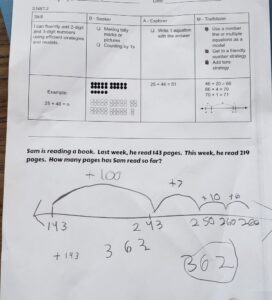
Back to the failures. One small success does not mean the year is over and I am done. So where to now? While the badging is a great way to help students connect assessments, reflection, and independent work, I cannot keep up with them. Creating this system for rounding was easy because it is a small concept in a year where so much is expected of them. I worry that I will not be able to keep up the pace of creating enough assessments for them to continually check their learning. I worry that I will not be able to find enough resources for the Choice Menus to allow them to be independent. I worry that because I am creating such a tailored experience for them, that I am not covering all the material presented in the canned program that we use, and it will affect them in the long run, especially as they get ready to take SBACs for the first time.
I also feel like I am at a stand still with our Learning Lab team. We were all gungho at the start of the year but it has since died down. Our students are not engaged in what we are doing and that bothers me. I am hoping that after the winter break, Courtney and I will be able to sit down and redesign our Tuesday lunches with our Learning Lab team and involve the students more.
Bright spots, belly flops, epic fails. Regardless of which category my work has fallen into this year, it has been beneficial for both myself and my students. I am excited to see where the year goes from here.
